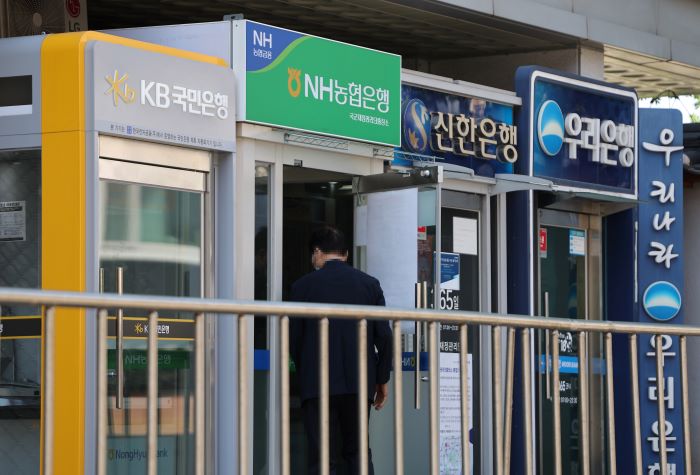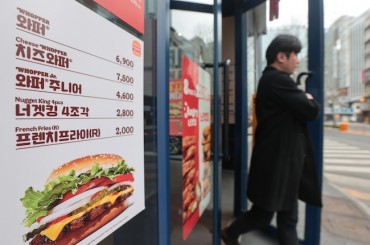SEOUL, July 3 (Korea Bizwire) — Some 3 million people are struggling to maintain a minimum standard of living due to their debt and the repayment of loans with interest, a central bank report said Sunday.
According to a report from the Bank of Korea, which was submitted to Rep. Yang Kyung-sook of the Democratic Party, the number of Koreans with household loans reached 19.8 million in the first quarter of this year.
The total outstanding balance of these loans amounted to 1.8 quadrillion won (US$1.41 trillion).
The average debt service ratio (DSR) for all borrowers of household loans was estimated to be around 40.3 percent.
The DSR measures the proportion of a borrower’s yearly income that goes towards paying off the principal and interest, serving as a limit on the total amount of lending.
In particular, 8.9 percent of all borrowers had a DSR over 100 percent, indicating that approximately 1.75 million borrowers do not earn enough to fully repay their loans.
When combining this group with those with a DSR of 70 to 100 percent, the total number of people facing financial difficulties increases to 2.99 million (15.2 percent).
Financial authorities generally consider borrowers with a DSR exceeding 70 percent to be primarily using their income to repay their loans.
Looking at the overall outstanding loan balance, 41.4 percent of all borrowers had a DSR over 70 percent (12.2 percent between 70 and 100 percent, and 29.2 percent over 100 percent).
As of the first quarter of this year, there were 2.26 million borrowers who had taken loans from more than three financial agencies.
Their combined remaining loan balance was 31.2 trillion won, with an average loan balance per person of 128.9 million won.
“The stagnant consumption recovery is largely attributed to high interest rates and inflated prices. Especially this year, the impact of high interest rates has not been fully felt.” said Cho Young-moo, a researcher at LG Economic Research Institute.
“It typically takes from six months to a year for high interest rates to affect consumption, investment, and housing prices. There is a possibility that the effects of high interest rates will become more apparent later this year.”
H. M. Kang (hmkang@koreabizwire.com)







